Doctor Strange was more important to the MCU than we realized
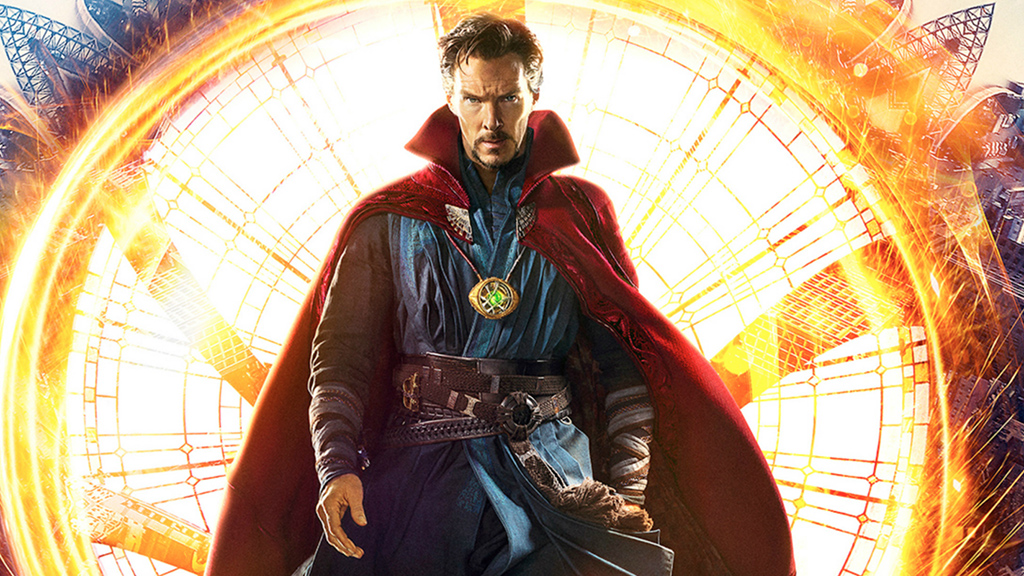
It's ironic that Doctor Strange was a movie that thematically explored the concept, and passage, of time.
In the near six-year period since its initial release, the supernatural Marvel movie has gone up in many fans' estimations. Initially, Doctor Strange was viewed as one of the least popular or lesser rated entries in the Marvel Cinematic Universe (MCU). Given the wealth of top-tier Marvel films that had come before – The Avengers, Iron Man, and Captain America: Civil War to name three – that was hardly a surprise.
But, while the Sorcerer Supreme can't use the Time Stone to travel back to 2016 and reverse those initial opinions, MCU fans have slowly warmed to Doctor Strange's first solo outing. At the time, it didn't appear as if the character's first standalone superhero flick would be as pioneering as it is now. But, given the problems and fan backlash to certain elements of its makeup, plus its references to the multiverse – Strange's second solo adventure will explore this in greater detail – 2016's Doctor Strange has proven to be a more important Marvel movie than we initially realized.
Forget everything you think you know
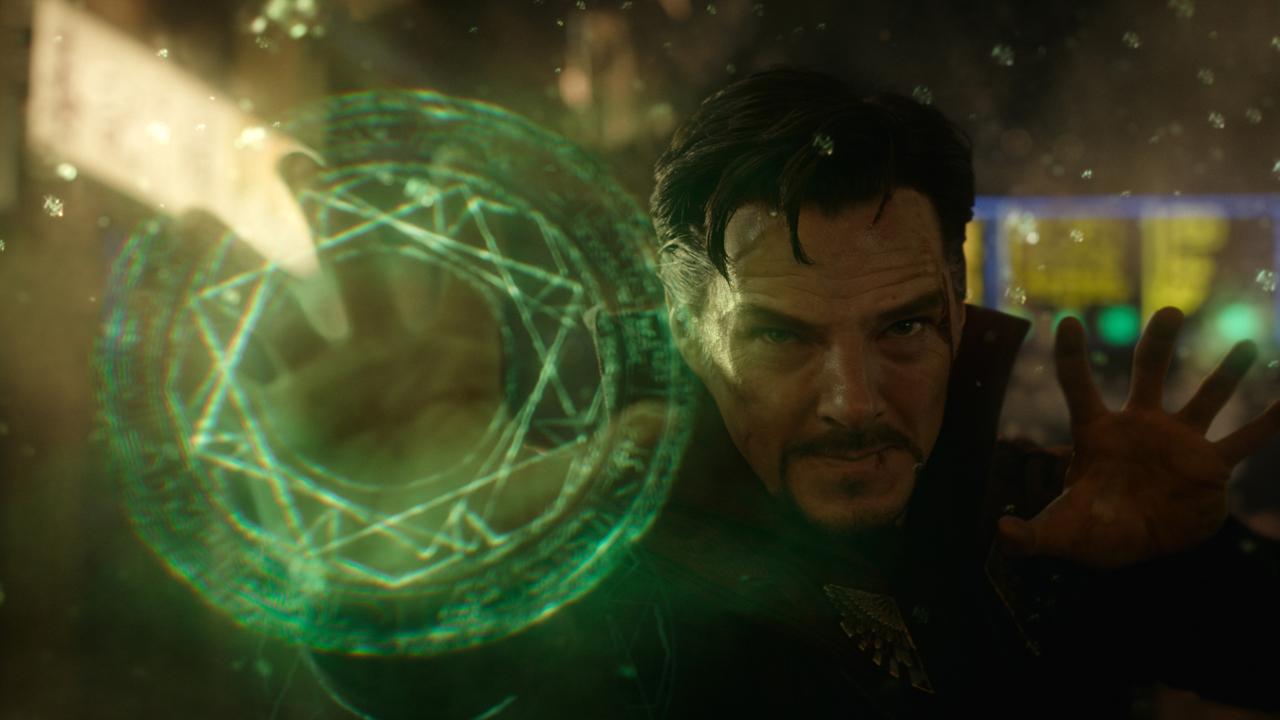
Doctor Strange marked the first time that the Sorcerer Supreme appeared in a live-action Marvel production. And, given the studio's penchant for giving each of its superheroes an MCU origin story (at the time, anyway), it was no surprise to see Strange receive such a treatment.
For those in need of a refresher: the film stars Benedict Cumberbatch (Sherlock, The Hobbit trilogy) as Doctor Stephen Strange, a wealthy, gifted but wildly egotistical neurosurgeon whose arrogance eventually gets the better of him. Studying a number of potential surgery cases while driving his supercar at lightning-quick speeds (in a storm, no less), Strange is severely injured after crashing in a bid to evade an oncoming truck.
Strange's hands bear the brunt of his injuries, leaving him permanently scarred and no longer able to operate on patients. In a desperate bid to fix them and return to his old life, Strange seeks out a variety of experimental treatments – a journey that leads him to Kamar Taj. Here, Strange is trained in the way of the Mystic Arts – the MCU's version of magic and spells – while learning about humility and putting the greater good before himself. Oh, and he eventually comes into contact with the Time Stone and is forced to stop an evil, multi-dimensional being called Dormammu from consuming the earth. No pressure, then.
There's plenty to enjoy about Doctor Strange's first cinematic outing. It's a psychedelic, surreal, and spiritual MCU trip that delivered a visually spectacular flick unlike anything we'd previously seen from Marvel. Its Escher painting and Inception-style aesthetic was bold and innovative, and seemingly gave Marvel the confidence to push the boundaries with similarly mind-boggling visuals in other movies, such as Guardians of the Galaxy Volume 2.
Sign up for breaking news, reviews, opinion, top tech deals, and more.
Cumberbatch's portrayal of a stubborn, ambitious man forced to reckon with who he is (and who he wants to be) is earnest, comedic, and at-times highly emotive. The movie's supporting cast – Chiwetel Ejiofor (Karl Mordo), Tilda Swinton (The Ancient One), Benedict Wong (Wong), and Mads Mikkelsen (Kaecilius) more than ably back Cumberbatch up, too.
Intriguing as Doctor Strange's story and cast of characters are, though, it's the film's wider context and importance to the MCU that's made it an invaluable entry in the franchise, particularly in the years (and movies) that have followed. Why? Because it laid the foundations for where the MCU was going post-Thanos: by introducing the Marvel Cinematic Multiverse (MCM).
Who are you in this vast multiverse, Mr Strange?
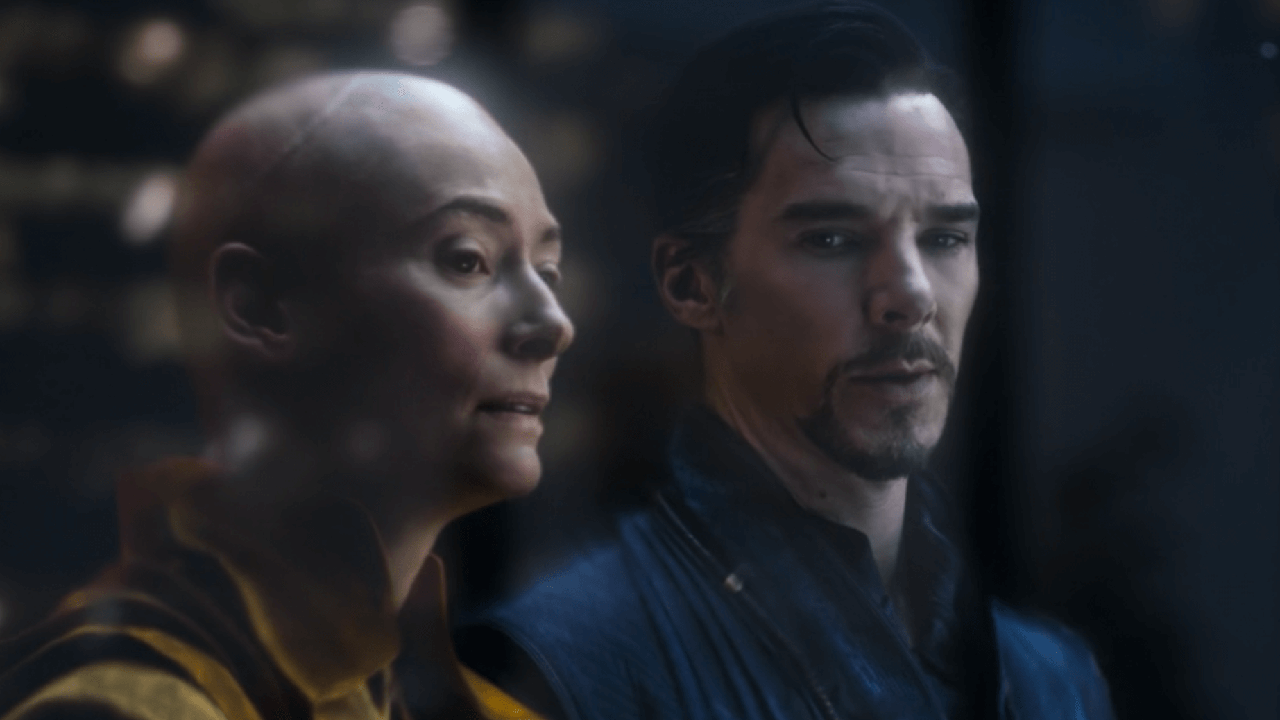
Thanks to the Infinity Saga's overarching narrative, it's easy to see why Doctor Strange's multiverse references were initially overlooked by most MCU fans. Sure, Doctor Strange's first standalone movie was a mind-bending, trippy, and slightly spooky affair. At the time, though, it was somewhat perceived as little more than a plot vehicle for the Time Stone's introduction during the Infinity Saga.
Based on the numerous references to the multiverse in Doctor Strange, however, it's clear that this movie initiated its arrival long before WandaVision, Loki, animated series What If...?, and Spider-Man: No Way Home began to explore the concept more comprehensively.
How about The Ancient One's "This universe is only one of an infinite number" speech to Strange as he tumbles through the film's first kaleidoscopic, mind-warping sequence? Or Mordo's mention of the Staff of the Living Tribunal – an omnipotent, cosmic being who oversees the balance of the multiverse – during one fight training scene? Or the revelation about the Astral Plane and Mirror Dimensions, i.e. the first mentions of parallel realities existing alongside the MCU's Material Plane?
With hindsight, we should have known how important Doctor Strange would be to ushering in the multiverse – director Scott Derrickson and Marvel Studios president Kevin Feige confirmed as much to ComicBook.com and IGN respectively before the film's release. Now, there's no argument that Doctor Strange established the concept of multiple realities and dimensions in Marvel's smash-hit franchise. We just didn't realize it at the time.
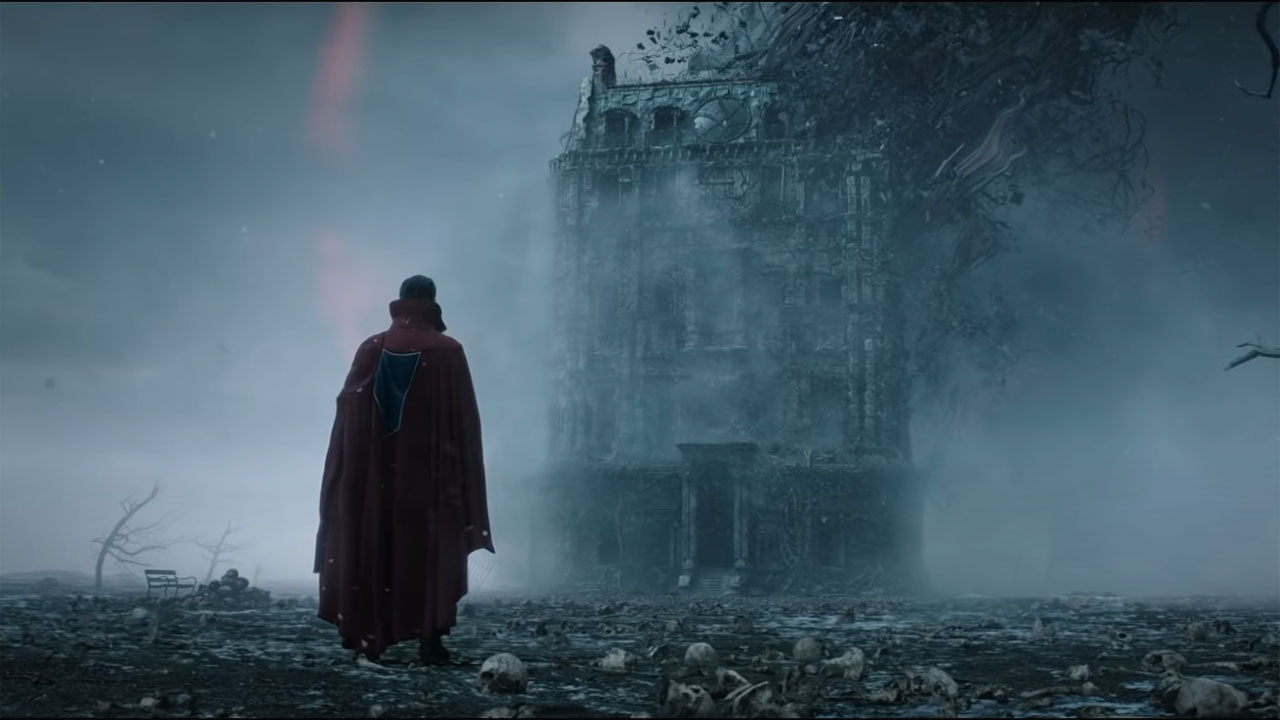
Those multiverse teases enabled Marvel to expand upon the idea that multiple realities exist in its cinematic juggernaut.
For one, Mordo's chastising of Strange – after the latter first messes around with the Time Stone – sets up numerous multiverse-style discussions in future MCU projects. Mordo's mention of temporal manipulations ends up forming the backbone to the Avengers' time heist plan in Endgame. Meanwhile, his references to spatial paradoxes and unstable dimensional openings act as precursors to the events of WandaVision and No Way Home.
Doctor Strange foreshadows plenty of other multiversal elements during its near two-hour runtime. Wong walking Strange through the various Mystic Arts tomes and texts teases the arrival of the Darkhold (as seen in WandaVision) and the Book of Vishanti (What If...? episode 4). Meanwhile, Mordo's "the bill comes due" speech in the movie's final act serves as a warning to Strange's manipulation of time and space in Infinity War and Endgame. In the latter film, he subtly helped the Avengers defeat Thanos and his army by telling Tony Stark/Iron Man that this was their one chance to defeat the Mad Titan. It's a decision that, coupled with his desire to help Peter Parker cast that spell in No Way Home, appears to have assisted the multiverse's official arrival in Marvel's flagship franchise.
Doctor Strange's MCU arc is brimming with incidents where the Master of the Mystic Arts has tampered with things beyond his control and understanding. If not for his various interventions, the multiverse may have remained nothing more than a side note in his first solo flick and the MCU. As it is, his meddling has helped bring about its introduction. With the multiverse likely to be the dominant force at play in Marvel's Phase 4 movie and TV slates, it's hard to overlook the significance of 2016's Doctor Strange over the former's grand entrance.
I never saw your future, only its possibilities
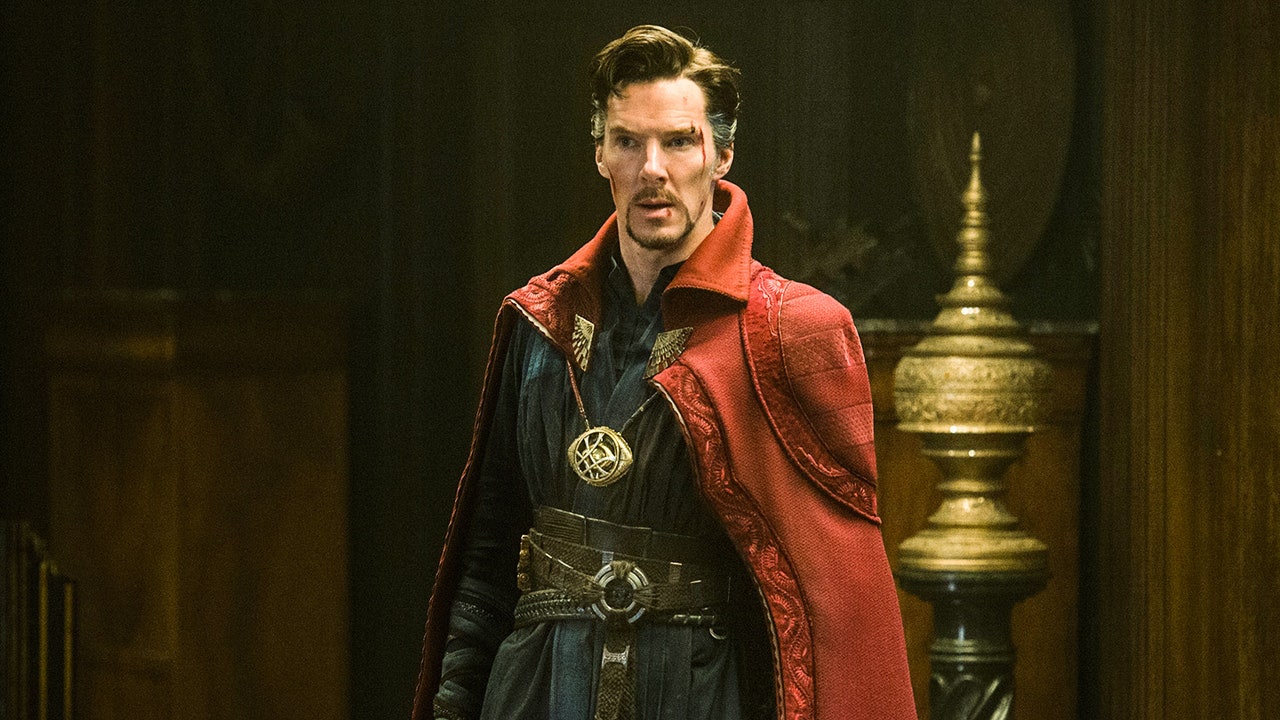
It isn't just the multiverse or the spearheading of hallucinatory visuals that establishes Doctor Strange as a ground-breaking Marvel movie.
Coincidentally, three of the MCU's more recent actors – Jake Gyllenhaal (Spider-Man: Far From Home), plus Oscar Isaac and Ethan Hawke (both Moon Knight) – were all in the running to portray Stephen Strange before Cumberbatch signed on. The 2016 Marvel flick may not have been the right MCU project for them, but their subsequent appearances in other movies means they made a lasting impression on Marvel executives. Otherwise, they wouldn't have landed the roles of Mysterio, Marc Spector/Steven Grant/Moon Knight, and Arthur Harrow respectively.
Doctor Strange was also viewed as a watershed moment for Marvel over its lack of on-screen diversity and representation. The casting of Swinton to portray The Ancient One – an Asian character in the Marvel comics – was met by a fierce backlash in some quarters, with critics accusing Marvel Studios of whitewashing the character.
Feige has since spoken of his regret over the casting, telling Men's Health that Marvel thought they were "being cutting-edge" but that the incident was a "wake-up call" for the studio, who should have handled it better. Swinton has also discussed the criticism over her hiring, telling Variety that she was "very grateful" that Feige admitted wrongdoing over the issue.

The experience has clearly shaped Marvel's push to better reflect the world, its races, and its cultures in its projects since. Black Panther saw the late Chadwick Boseman lead a predominantly Black cast for the first time in a Marvel movie, while Captain Marvel and Black Widow were the first MCU flicks to star a female superhero in the lead role.
More recently, the Simu Liu-starring Shang-Chi reversed the damage done by Doctor Strange with its authentic portrayal of Asian heritage and traditions. Meanwhile, Eternals introduced the first openly gay and deaf superheroes in the MCU, while Doctor Strange 2 will establish another LGBTQ+ character – America Chavez – in the franchise very soon.
Doctor Strange was similarly guilty of exoticizing Kamar-Taj (and Kathmandu generally); its use of the so-called yellow filter – a filmmaking technique used to stereotypically glamorize nations including India, Mexico, and those in Asia – adding an almost grimy, unclean feel to proceedings. With Moon Knight on Disney Plus utilizing natural light (during its months-long shoot) to portray Egypt with genuine realism, it seems that Marvel has taken a step in the right direction over this antiquated glamorization of non-Western nations.
Much like the protagonist of its 2016 movie, Marvel may wish to use Doctor Strange's Infinity Stone to go back and time and remedy its mistakes. But, like Stephen Strange, the studio had to overcome those errors to undergo the growth necessary to become an even better, more representative institution.
Doctor Strange certainly helped Marvel to do just that. Yes, the fantastical film led the way in bringing the multiverse to the MCU, but it also did so much more besides. It aided Marvel's development in how the studio operates today, what stories it brings to the table, and why diverse, inclusive castings (and crew hirings) should be at the forefront of every Marvel project. For that, Doctor Strange – as a piece of entertainment and a production that brought about real change – should be commended.
As TechRadar's senior entertainment reporter, Tom covers all of the latest movies, TV shows, and streaming service news that you need to know about. You'll regularly find him writing about the Marvel Cinematic Universe, Star Wars, Netflix, Prime Video, Disney Plus, and many other topics of interest.
An NCTJ-accredited journalist, Tom also writes reviews, analytical articles, opinion pieces, and interview-led features on the biggest franchises, actors, directors and other industry leaders. You may see his quotes pop up in the odd official Marvel Studios video, too, such as this Moon Knight TV spot.
Away from work, Tom can be found checking out the latest video games, immersing himself in his favorite sporting pastime of football, reading the many unread books on his shelf, staying fit at the gym, and petting every dog he comes across.
Got a scoop, interesting story, or an intriguing angle on the latest news in entertainment? Feel free to drop him a line.